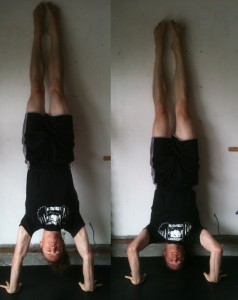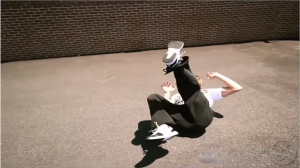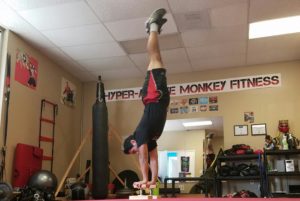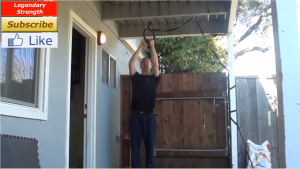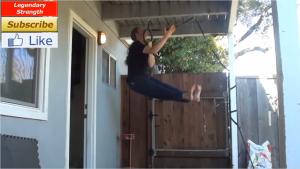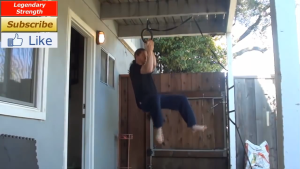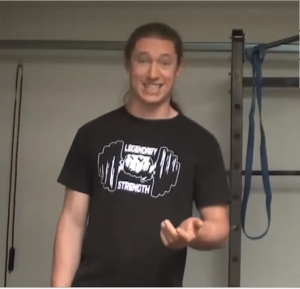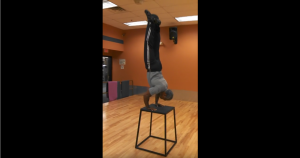For many people, today is a special day. I’m not going to get too deep into it, but it does involve a heart, candy, and maybe some stuffed animals.
What I am going to get into is a book on hand balancing that can be used as a starting point to learning the handstand correctly as well as a look into the history of hand balancing. This book is called The True Art and Science of Hand Balancing.
The authors of the book, Professor Paulinetti and Robert L. Jones, have a combined experience of 70+ years practicing and teaching hand balancing and gymnastics. In the 1940’s they wrote THE book on this art.
Although we have many guides of information here, this book gives you an inside look at how this skill gained a following in the earlier years. This book is filled with information and insight on hand balancing
Happy Valentines Day and pick up The True Art and Science of Hand Balancing today!
Stay Inverted!
-Jonathan Magno




